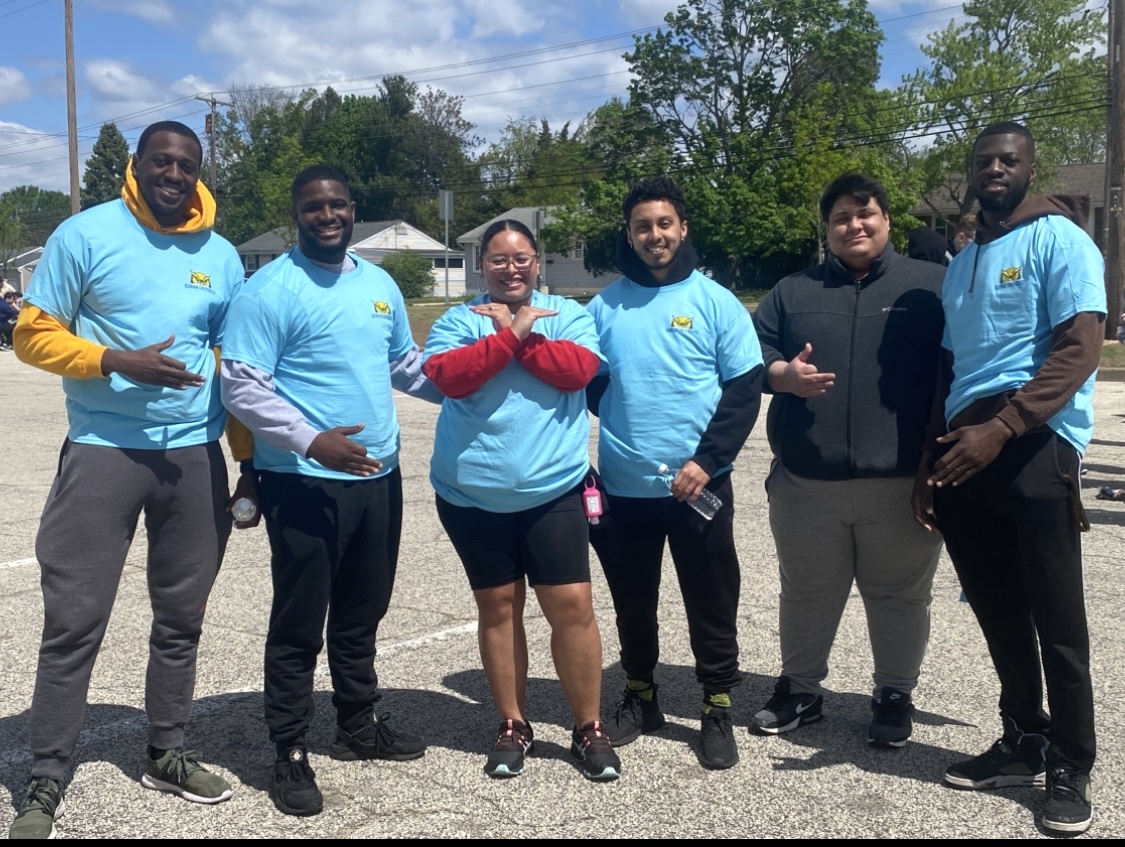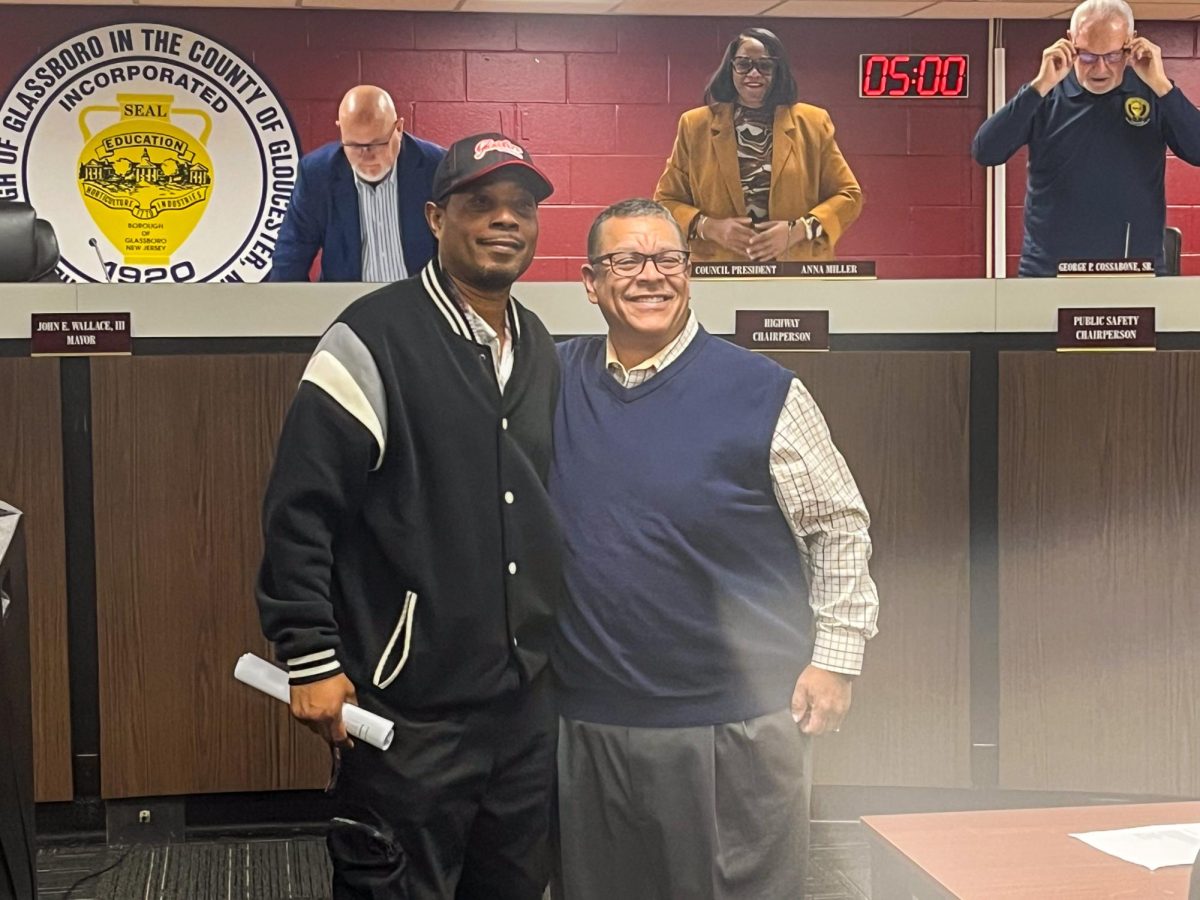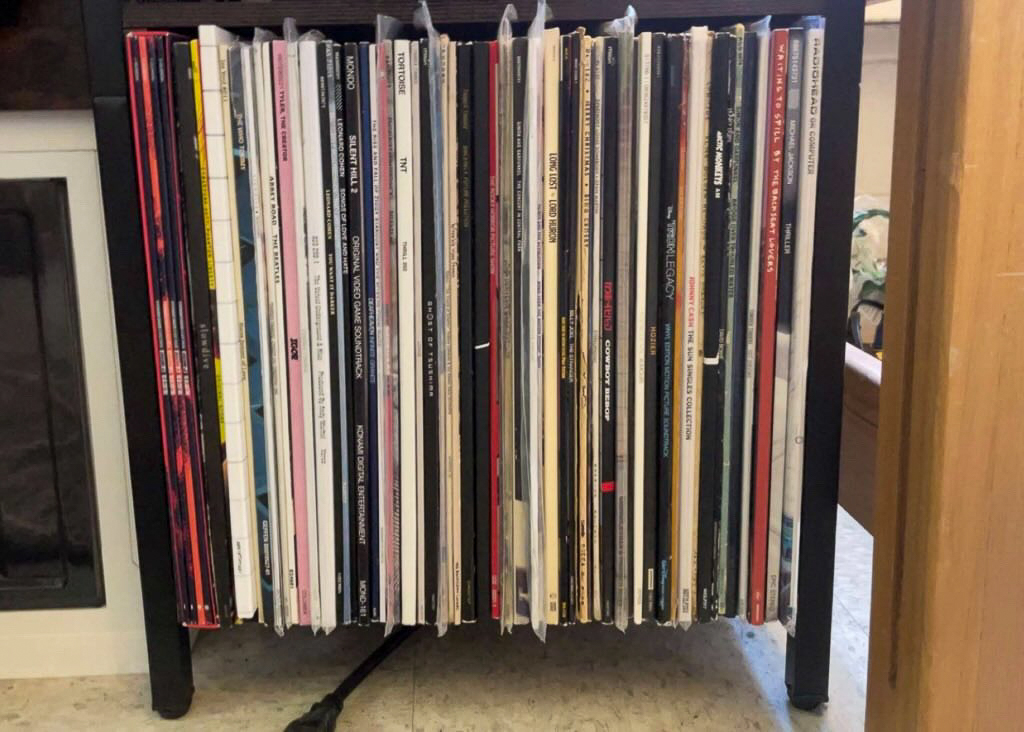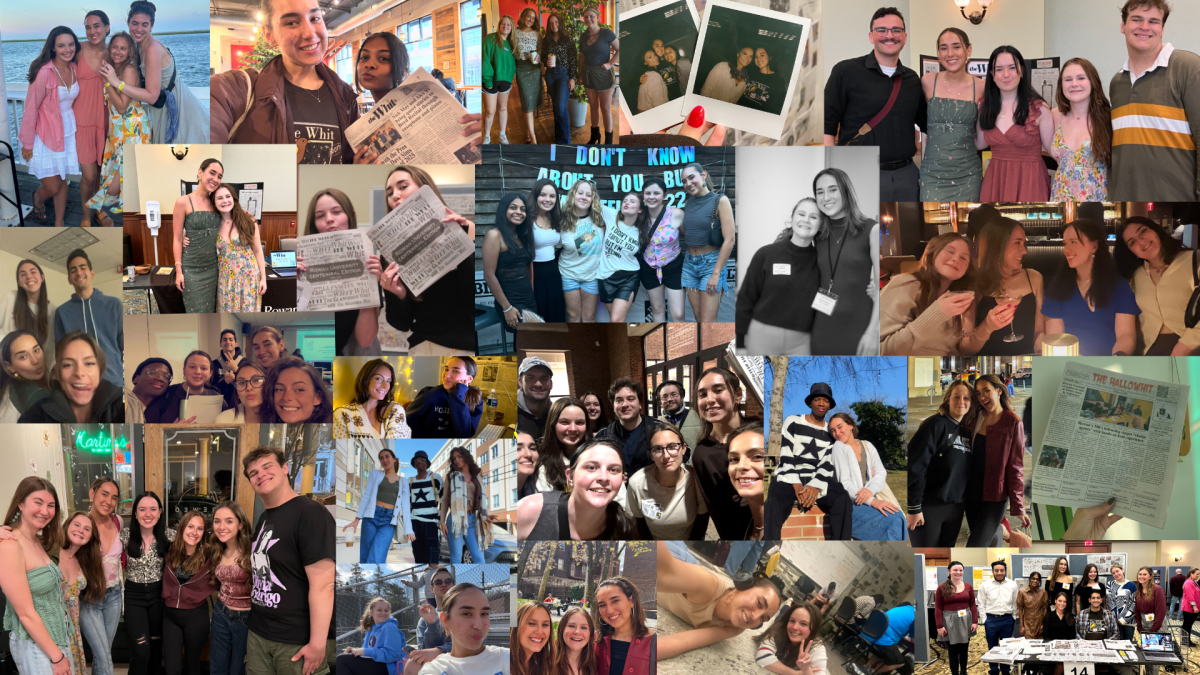When I first became a freshman here at Rowan, I knew that there were going to be a lot of things I was going to be exposed to. I knew that I would need to keep pepper spray handy, to stick to the buddy system, keep my cell location on, and all of the other golden rules for college safety. Truth be told, I did not think one of the most prominent things I’d be exposed to would be cocaine.
As a child of a parent who struggled with a cocaine addiction, I view the complexities of addiction in a way that may be different from the next person. Where one person might see a party drug, I see a substance that has the capability to take so much away from you before you even realize it.
I remember being around seven or eight years old and learning what addiction was but not really understanding what it meant. What I did know about it is that my father had it, and it’s what made him different from everyone else. But what I innocently couldn’t seem to wrap my head around was how someone could fall into addiction in the first place. The answer just seemed so simple to me. Just say no, right?
Then I got a little bit older and unfortunately began seeing his signs of addiction for myself. I found myself becoming vigilant of different symptoms to look for. I’d notice if he got skinnier, dealing with mood swings, or having more headaches than usual. At this point in my life, the pieces were falling into place and I was realizing my reality while learning to deal with the hand I was dealt. I learned cocaine addiction is a horrific disease, one that doesn’t get talked about enough.
All of this has shaped me entirely into the woman I am today and has led me to ask the question: when will cocaine stop being glamorized?
I can vividly remember entering my first college party, expecting nothing less than what I’d seen in coming-of-age films or shows: the strobing lights, feel-good music, and endless dancing. I feel a bit gullible now looking back thinking the most taboo thing I’d see is a joint being passed around.
Ironically enough, I can also vividly remember walking out for the first time and thinking to myself “I think I definitely just saw someone snort something off their phone in there.”
As most freshmen do, me and my friends attended different fraternity parties. I didn’t realize it right away, but at many of these parties, cocaine is being used whether you see it or not. This made me realize that college students still might not be aware of how addictive cocaine is because of how normalized it is, vastly resembling the party culture of the 1970s and 1980s surrounding the drug.
According to The University of Queensland Institute for Social Science Research, cocaine became prevalent in the 1970s and came to its peak point known as the “Cocaine boom” in the 1980s. The drug was mostly associated with parties or festivals like Woodstock, glamorous celebrities, and the wealthy class. Due to its uprising, the new crystallized form (crack cocaine) came to light. It’s typically processed using ammonia or baking soda, which creates its crystal-like form.
Not only was this form of cocaine stronger but much cheaper, allowing it to flow into poorer communities. The usage of cocaine started to become much more normalized after this peak in its popularity. Where our similarities lie between today and the 80s is how little people realize how addictive this drug really is.
However, the difference in dangers between then and now is the heightened risks of cocaine being laced or contaminated with fentanyl, a potent and deadly opioid. With illegally made fentanyl becoming a larger mass issue, this, unfortunately, allows for more young people to be put at risk for overdose and death. According to UCLA Health research, drugs such as cocaine have become the most common drug found in relation to fentanyl-induced overdoses across every US state. The reason why there are such high numbers of fentanyl-related overdoses is that you won’t be able to physically see it, smell it, or taste it at all. This is why it’s so important to test whatever substance you plan to use with fentanyl testing strips. They are inexpensive, provide speedy results, and can legitimately save your life.
There also are common dangers of mixing cocaine with alcohol or other drugs. It’s vital to note here that mixing any substance with one as strong as cocaine will intensify the effects of each substance used. According to American Addiction Centers, multiple substance abuse has evolved into a nationwide epidemic. In the college party scene, it’s most common for cocaine to be mixed with alcohol, this alone can lead to serious short-term or long-term side effects. Further exemplifying why it’s always important to keep in mind the possibility of cocaine being contaminated with fentanyl or other opioids. Contaminated cocaine mixed with other substances, including alcohol, will put you at a much higher risk of overdosing.
Up to this point in my life, I am still learning so much about addiction and the butterfly effect that surrounds it. However, I find myself now more than ever noticing how this drug is so present in the party culture at Rowan. In my opinion, it is okay to experiment. We as humans are naturally curious, and so many people often wonder what the experience is like. However, for your own health, please moderate your use. If you find yourself in a situation where you or a friend is willing to experiment, do not take anything that is offered to you. Even if the offering is coming from a friend. Instead, the best precaution would be to bring your own and test it before you touch it. Advocate for yourself by making sure you know what you’re putting into your body.
A half-hour-long high is absolutely never going to be nearly worth your most precious things in life. If there is anything you can take away from this article, let it be that no drug will ever be worth the pain it can bring to your loved ones. Your choices have the power to impact everyone’s tomorrow. Lastly, please always remember to practice self-care, to prioritize your own health, safety, and life over a stupid white powder. You matter so much more.
For comments/questions about this story, DM us on Instagram @thewhitatrowan or email [email protected].

























































































































































!["Working with [Dr. Lynch] is always a learning experience for me. She is a treasure,” said Thomas. - Staff Writer / Kacie Scibilia](https://thewhitonline.com/wp-content/uploads/2025/04/choir-1-1200x694.jpg)











































